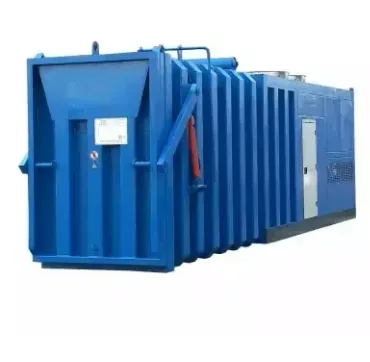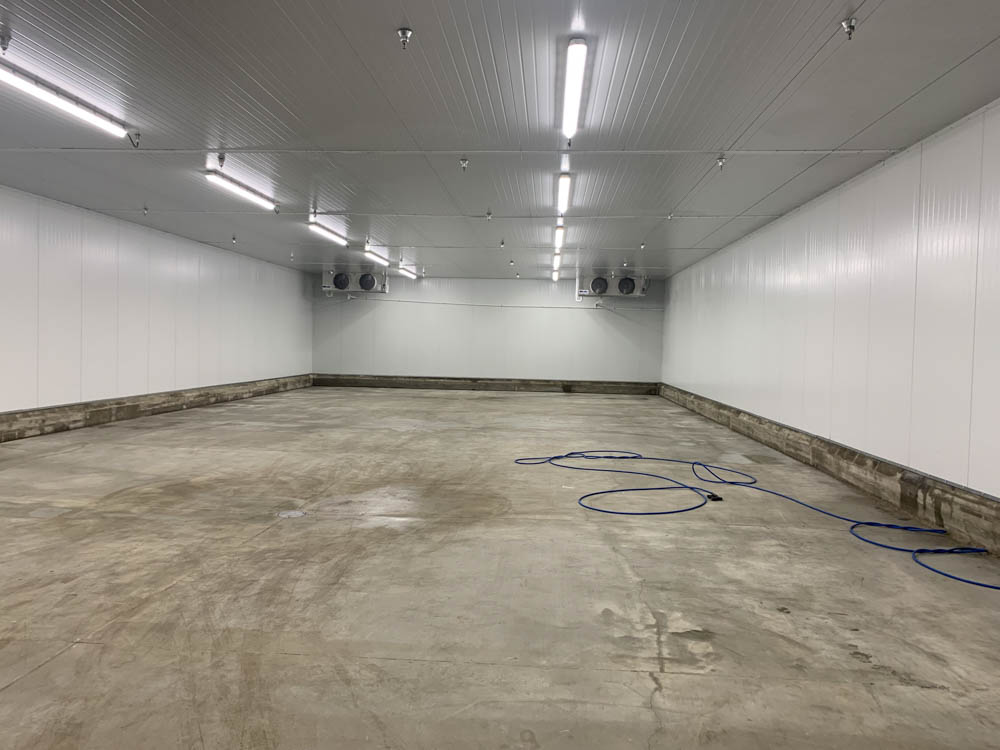High Seal Cold Room Sliding Doors Durable & Efficient
- Fundamentals and market importance of industrial cold room doors
- Breakthrough technological innovations in door systems
- Critical performance factors for optimal functionality
- Comparative analysis of leading manufacturers
- Specialized track systems for heavy-duty applications
- Customized solutions across industry sectors
- Selecting the right cold room sliding door
track company

(cold room sliding door)
Cold Room Sliding Door Fundamentals for Modern Industry
Industrial cold storage operations rely fundamentally on properly functioning sliding door systems. Temperature preservation effectiveness directly impacts operational costs - facilities experiencing thermal leaks over 10% report average energy cost increases of $18,000 annually per door according to Cold Chain Federation studies. These specialized doors form a critical barrier maintaining environments between -40°C and +15°C across food processing, pharmaceutical storage, and logistics sectors.
Advanced cold room sliding doors prevent thermal bridging through multi-layer insulated panels constructed with materials like EPS, PUR, or high-density PIR foams. The most effective systems incorporate continuous thermal breaks between interior and exterior panels, achieving U-values as low as 0.25 W/m²K. This thermal barrier function remains the cornerstone for profitable low-temperature operations.
Engineered Door System Innovations
Today's cold room sliding door factories have dramatically improved product performance through precision engineering. Brushless DC motors now power opening mechanisms with 40% less energy consumption than traditional AC motors. Enhanced servo-control systems deliver smooth operation cycles even under extreme conditions, achieving operation speeds of 0.8-1.2m/sec without compromising sealing integrity.
Advanced manufacturing techniques have transformed durability profiles. Stainless steel rollers paired with reinforced polymer tracks withstand over 100,000 operational cycles with minimal maintenance. Leading suppliers have also developed hybrid magnetic seals combining permanent magnets with air inflation systems that maintain airtight sealing even during temperature fluctuations exceeding 30°C differentials.
Critical Performance Factors
Five key factors determine cold room door performance longevity and efficiency. First, insulation material density must exceed 40kg/m³ to prevent gradual compression failure. Second, track rigidity tolerance should maintain alignment within ±0.5mm across spans exceeding 5 meters. Third, curtain composition requires multi-layer construction – typically food-grade PVC exteriors with mesh reinforcement and thermal barriers.
Fourth, automation systems need IP66 environmental protection ratings for reliable functionality in washdown environments. Finally, installation precision determines long-term performance - professional installation reduces premature failure rates by 72% according to European Cold Storage Certification standards. Proper threshold positioning and track alignment remain non-negotiable for reliable operation.
Manufacturing Leaders Comparison
| Manufacturer | Max Width (m) | Temp Range (°C) | Cycle Rating | Lead Time | Energy Index |
|---|---|---|---|---|---|
| ArcticDoors Ltd | 8.5 | -40 to +20 | 350,000 | 3 weeks | 0.78 kWh/day |
| FrostLine Industries | 6.2 | -35 to +15 | 290,000 | 5 weeks | 0.92 kWh/day |
| PolarSeal Systems | 10.0 | -45 to +25 | 550,000 | 6 weeks | 0.65 kWh/day |
| GlacialTech Solutions | 7.5 | -50 to +30 | 420,000 | 4 weeks | 0.71 kWh/day |
Market leaders demonstrate specialized capabilities - PolarSeal Systems dominates pharmaceutical installations with cleanroom-certified models featuring antimicrobial surfaces. Meanwhile, GlacialTech Solutions leads in cryogenic applications with specialized low-temperature polymers maintaining flexibility below -45°C. All top manufacturers now offer integrated IoT monitoring systems tracking energy leakage and predicting maintenance requirements.
Specialized Track System Engineering
Cold room sliding door track suppliers have developed advanced load-bearing solutions to support increasingly heavy insulated doors. High-density doors weighing over 500kg require reinforced alloy tracks with precision-machined engagement surfaces. The industry benchmark has evolved toward integrated track systems combining structural aluminum profiles with stainless steel wear surfaces rated for over 1 million operation cycles.
Innovative suspension technologies now allow horizontal clear spans exceeding 15 meters without intermediate supports - crucial for large distribution centers. Leading cold room sliding door track companies have patented inverted roller systems that capture both top and bottom track surfaces, preventing derailment incidents that previously caused over 23% of cold storage shutdowns according to warehousing safety reports.
Industry-Specific Solutions
Different sectors demand specialized configurations from sliding cold room door factories. Food processing facilities require FDA-compliant materials with integrated washdown drainage channels and maximum sanitation accessibility. Pharmaceutical applications often specify airlock configurations with HEPA filtration maintaining ISO Class 7 environments during transfers.
Laboratory settings increasingly adopt automated pass-through systems with biometric access controls and thermal buffer chambers. Modern distribution centers favor rapid-opening designs achieving full clearance in under 3 seconds - critical for high-traffic zones handling over 200 pallet movements per hour. Each custom solution undergoes computational fluid dynamics modeling to ensure thermal stability.
Partnering with the Right Cold Room Sliding Door Track Company
Selecting reliable cold room door partners requires evaluating multiple technical capabilities. Proven manufacturers demonstrate ASHRAE compliance across their product range with documented third-party certifications like CE, UL, or ISO 9001:2015. Factory audits remain essential - facilities equipped with environmental testing chambers can validate performance under extreme conditions before installation.
Technical documentation depth provides another critical indicator - superior partners supply comprehensive installation manuals with millimeter-accurate dimensioning and structural loading tables. Post-installation services make the ultimate difference - leading providers maintain regional technical teams achieving response times under 4 hours for critical failures, protecting vital cold storage investments.

(cold room sliding door)
FAQS on cold room sliding door
Q: What factors should I consider when choosing cold room sliding door factories?
A: Prioritize manufacturers with certifications like ISO 9001, expertise in thermal break technology, and customization options. Ensure they use durable materials like reinforced PVC or polyurethane to maintain temperature integrity and offer weather-resistant seals.
Q: How do I identify reliable cold room sliding door track suppliers?
A: Select suppliers providing corrosion-resistant stainless steel or aluminum tracks with heavy-duty rollers. Verify load capacity specifications, ease of installation guides, and compatibility with your cold room dimensions (height/width) for seamless operation.
Q: What advantages do specialized cold room sliding door track companies offer?
A: They deliver precision-engineered low-friction tracks that minimize ice buildup and withstand -30°C temperatures. These companies typically provide technical support, custom track bending services, and anti-derailment safety features tailored to freezer environments.
Q: Why are cold room sliding doors designed with thermal breaks?
A: Thermal break barriers between interior/exterior surfaces prevent condensation and ice formation. This critical design blocks heat transfer, maintains consistent internal temperatures, and reduces energy consumption in refrigerated spaces.
Q: How often should cold room sliding door tracks be maintained?
A: Inspect tracks quarterly for debris or ice accumulation, lubricating rollers with cold-grade silicone every 6 months. Schedule professional alignment checks annually to ensure smooth operation and prevent wear on door gaskets or insulation.
















































































































